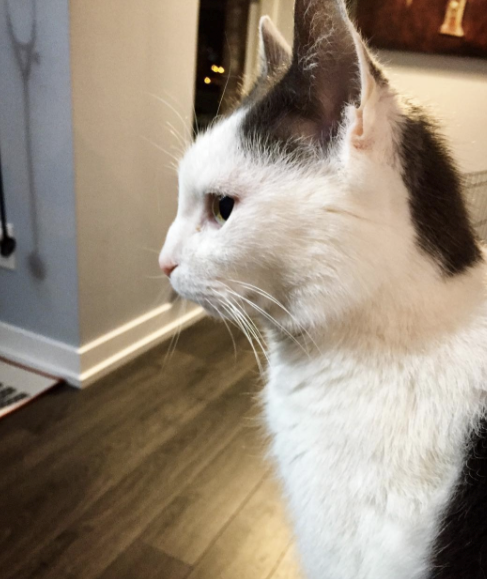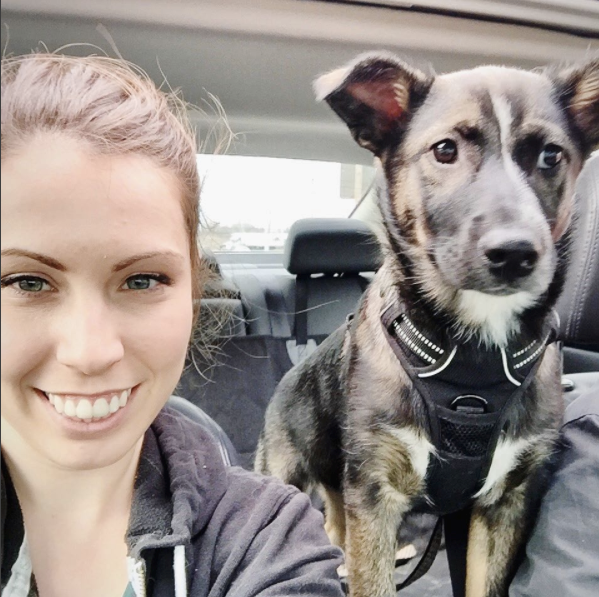It’s really hard to believe that I am starting my third week of my externship at New Hamburg Veterinary clinic! I thought I would start this blog off by telling you a bit more about myself before getting into some of the experiences I’ve had in the next few blog posts.
For those of you who don’t know me personally, I am a Phase 4 veterinary student mainly interested in small animal medicine. That means I am primarily interested in treating dogs and cats, but occasionally we can end up seeing other smaller pets (rabbits, hamsters etc. even though these are technically considered avian and exotics which is its own area of vet med).
Of course, I wouldn’t be able to talk about small animals without talking about a few of my own, so below are a couple pictures of my own pets; Dakota (German Shepherd cross), Remy (Orange floof), and Simba (very very old cat).



However, while my focus is small animal medicine, I still really enjoy going on the road with our large or mixed animal vets to see cases that I am less familiar with. Being in Southern Ontario, the majority of the large animal cases we see are dairy cows, with some horses, and a few pigs and beef cattle sprinkled in as well. What a lot of people don’t know, is that even when we pick a stream in school (like mine with small animal), we are still tested on all of the species on our licensing exam, the North American Veterinary Licensing Examination (NAVLE) (which for us will be this November - December). Because of this, even if you don’t plan to work with a specific type of animal (say, poultry) you will still need to study it in depth in order to pass the NAVLE.
Making sure you get involved in a variety of cases is what will help make studying for the NAVLE a bit easier, and that has been my mentality thus far. While it might seem like there would be a million things to know (and trust me it feels like that sometimes) there is a strategy, and as I’m sure you can imagine, that is to focus on the most common problems first and work your way down.
For my upcoming blogs I’m going to try to talk about some cases that are more common and then hopefully have a couple really interesting ones as well for you so you’ll have a good idea of the wide range of cases we see.

